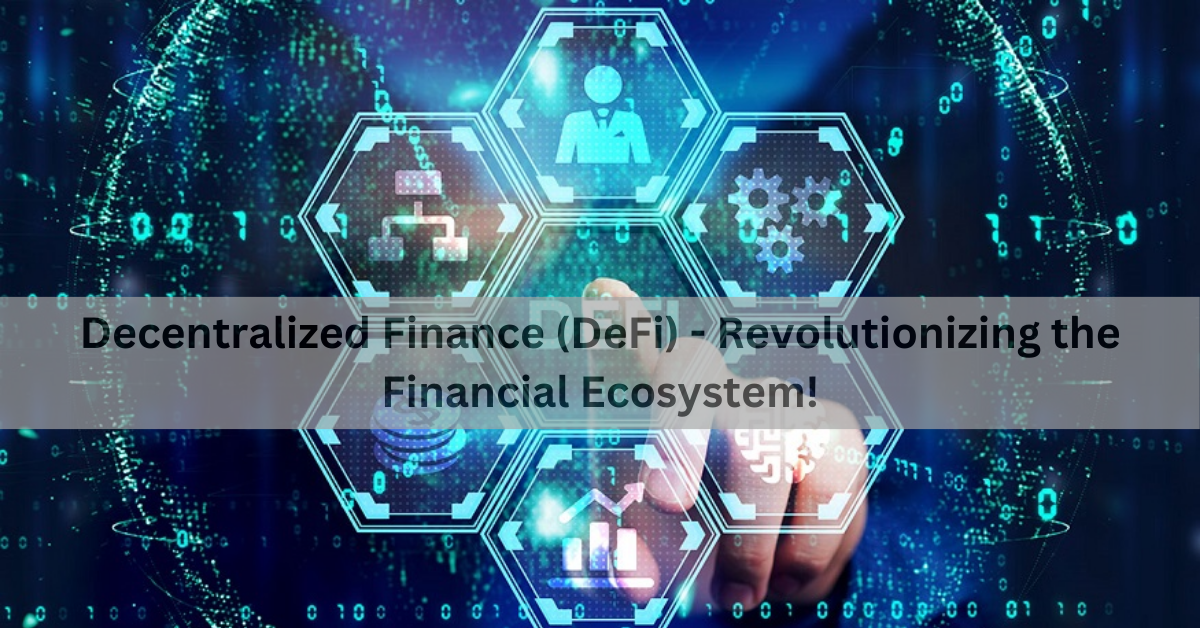Contents
Introduction to DeFi
Decentralized Finance, commonly known as DeFi, represents a groundbreaking shift in the financial landscape. Utilizing blockchain technology, DeFi aims to recreate and improve traditional financial systems through decentralized applications (dApps) and smart contracts. This article explores the core concepts, benefits, popular DeFi platforms, risks, and the future potential of DeFi.
Understanding Decentralized Finance
What is DeFi?
DeFi refers to a system where financial products and services are available on a decentralized blockchain network, making them accessible to anyone with an internet connection. Unlike traditional financial institutions that act as intermediaries, DeFi operates without centralized control, relying on peer-to-peer networks and open-source protocols.
Key Components of DeFi
- Smart Contracts: Self-executing contracts with terms directly written into code, eliminating the need for intermediaries.
- dApps: Decentralized applications built on blockchain platforms, providing various financial services like lending, borrowing, and trading.
- Blockchain: The underlying technology that ensures transparency, security, and immutability in DeFi transactions.
Benefits of DeFi
Accessibility
DeFi platforms are accessible to anyone with an internet connection, regardless of geographical location or socioeconomic status. This inclusivity opens up financial services to the unbanked and underbanked populations worldwide.
Transparency
Transactions and smart contracts on DeFi platforms are publicly accessible on the blockchain, ensuring complete transparency. This reduces the risk of fraud and enhances trust among users.
Lower Costs
By eliminating intermediaries, DeFi significantly reduces transaction fees and operational costs. Users can directly interact with financial services without paying high fees to banks or other financial institutions.
Control and Ownership
DeFi gives users full control over their assets. They can manage, invest, and transfer their funds without relying on third-party custodians, reducing the risk of asset seizure or censorship.
Popular DeFi Platforms
Uniswap
Uniswap is a decentralized exchange (DEX) that allows users to trade cryptocurrencies directly from their wallets. It uses an automated market-making (AMM) system to facilitate seamless trading without intermediaries.
Aave
Aave is a decentralized lending platform where users can lend and borrow a wide range of cryptocurrencies. It offers unique features like flash loans, which allow users to borrow instantly without collateral for short durations.
Compound
Compound is a decentralized lending protocol that enables users to earn interest on their cryptocurrencies by lending them out or borrowing against their assets. It dynamically adjusts interest rates based on supply and demand.
MakerDAO
MakerDAO is a decentralized platform that issues the stablecoin DAI, pegged to the US dollar. Users can generate DAI by collateralizing their cryptocurrencies, ensuring price stability while maintaining decentralization.
Risks and Challenges of DeFi
Security Vulnerabilities
DeFi platforms, being relatively new, can be susceptible to security breaches and hacks. Smart contract bugs and vulnerabilities can lead to significant financial losses.
Regulatory Uncertainty
The regulatory environment for DeFi is still evolving. Unclear or stringent regulations could impact the growth and adoption of DeFi platforms, posing legal and compliance challenges.
Market Volatility
Cryptocurrencies, the backbone of DeFi, are known for their volatility. Sudden price swings can affect the value of assets and collateral, leading to potential losses for users.
Complexity and Usability
DeFi platforms can be complex and challenging to use for newcomers. The technical knowledge required to navigate these platforms may limit their accessibility to a broader audience.
The Future of DeFi
Interoperability
Future developments in DeFi are likely to focus on interoperability between different blockchain networks. This will enable seamless asset transfers and interactions across multiple platforms, enhancing user experience and functionality.
Institutional Adoption
As DeFi matures, institutional adoption is expected to increase. Financial institutions may leverage DeFi technologies to offer innovative services, bringing more credibility and stability to the ecosystem.
Enhanced Security
Ongoing advancements in blockchain security and smart contract auditing will help mitigate risks and improve the overall safety of DeFi platforms. This will build greater trust among users and investors.
Broader Use Cases
DeFi is poised to expand beyond traditional financial services. Potential use cases include decentralized insurance, prediction markets, and tokenized real-world assets, further revolutionizing the financial industry.
Conclusion
Decentralized Finance (DeFi) is transforming the financial landscape by providing accessible, transparent, and cost-effective financial services through blockchain technology. While challenges and risks remain, the potential benefits and future developments make DeFi a promising area of innovation. As DeFi continues to evolve, it holds the promise of a more inclusive and efficient financial system, empowering individuals worldwide.


